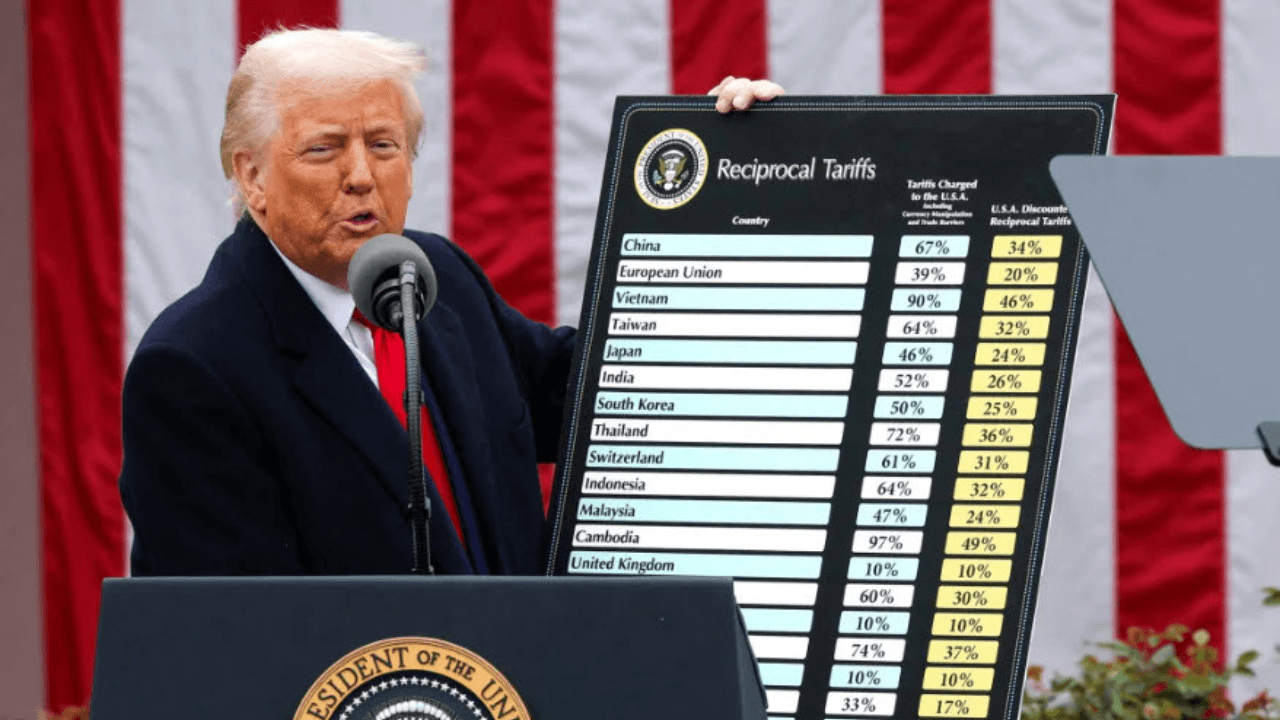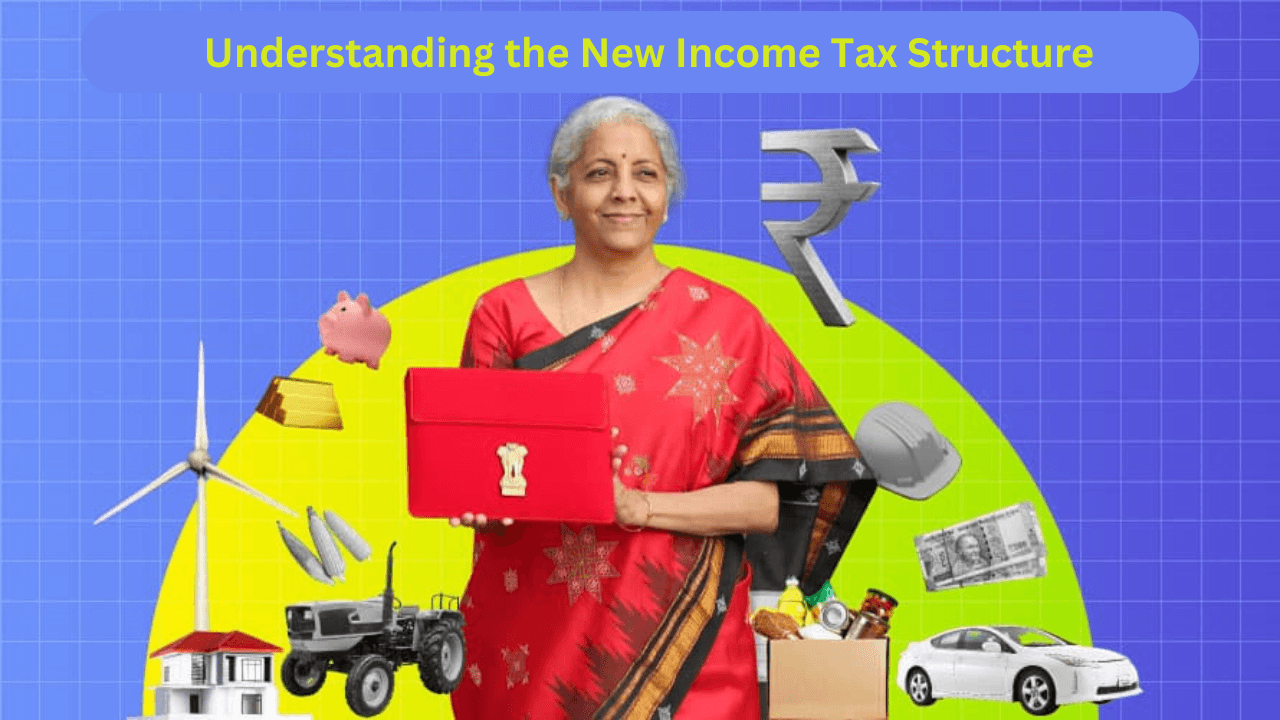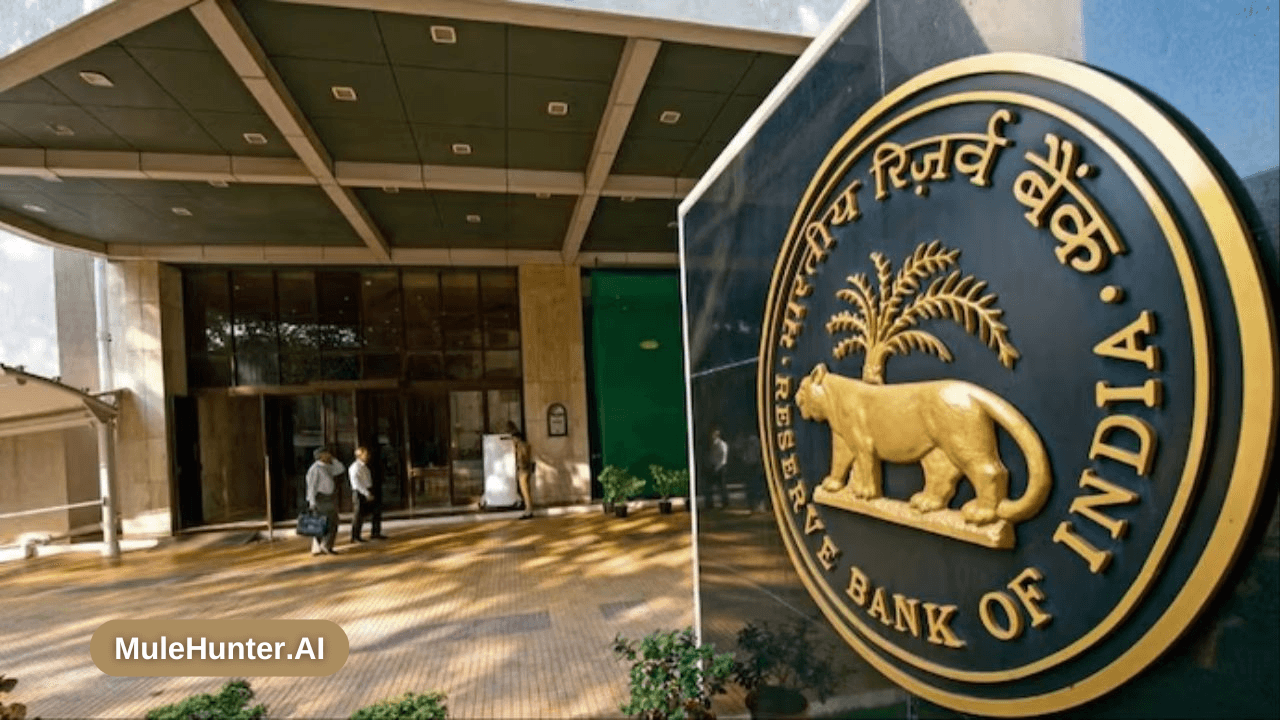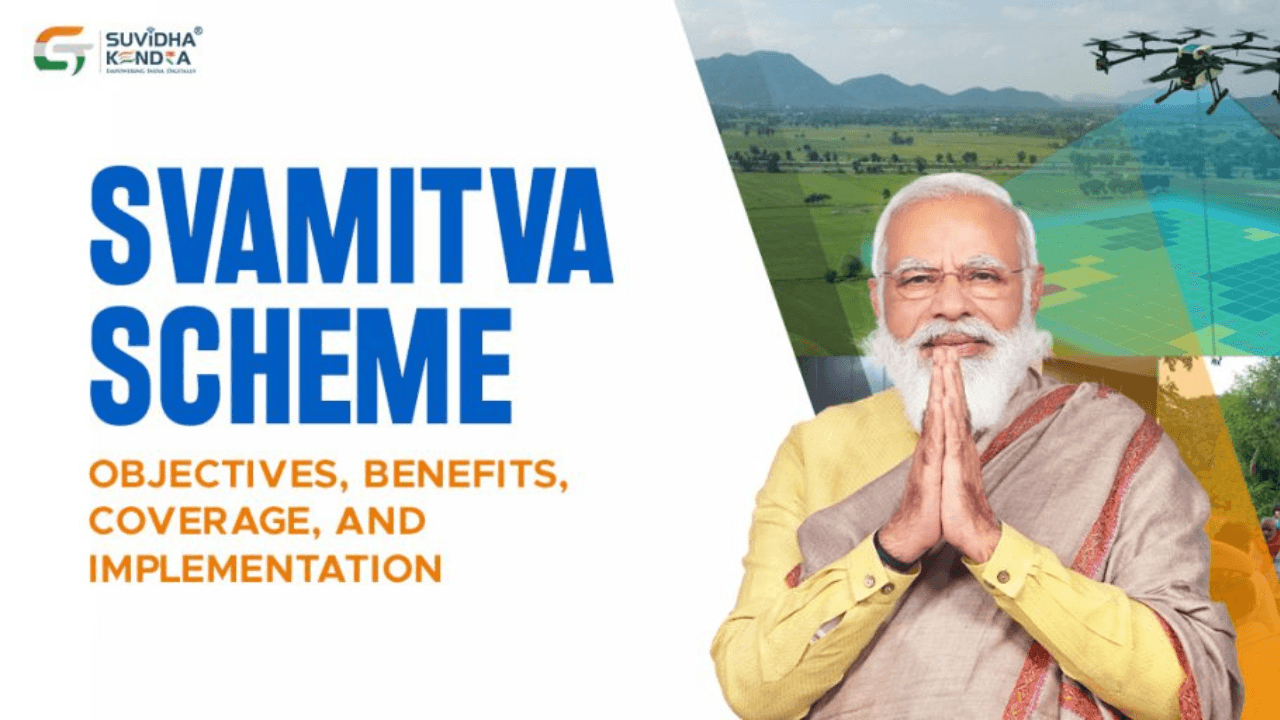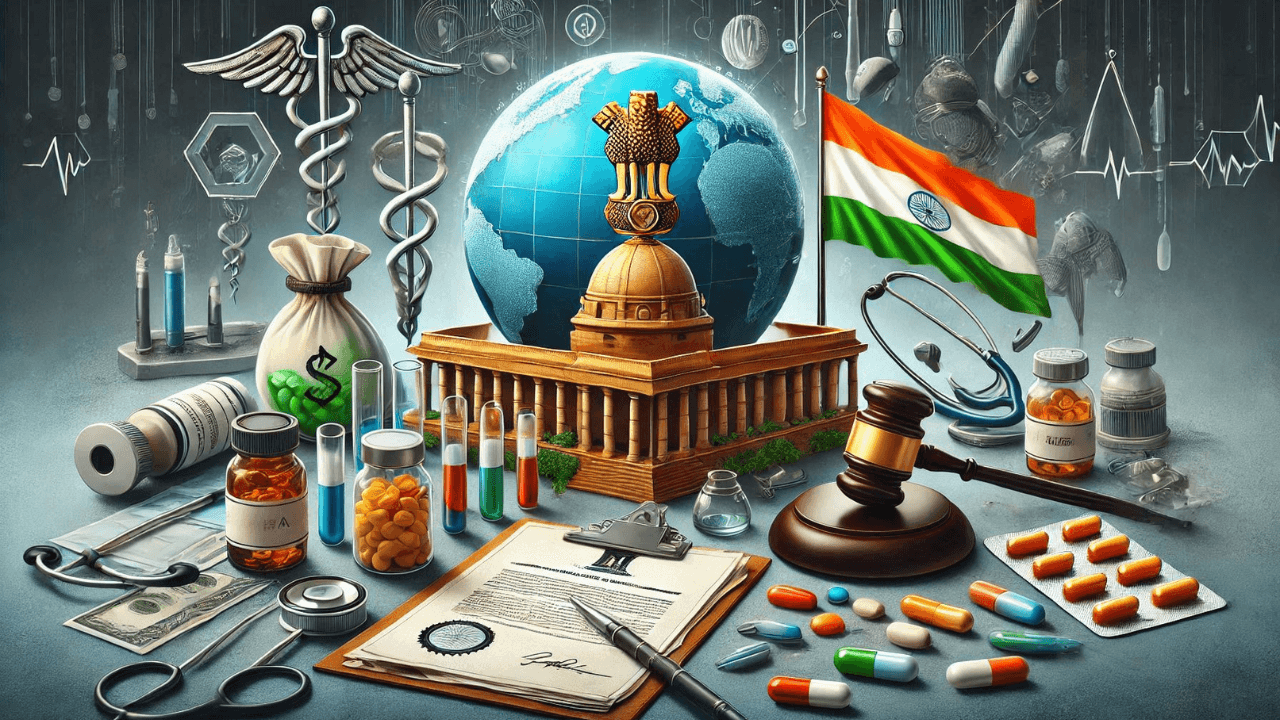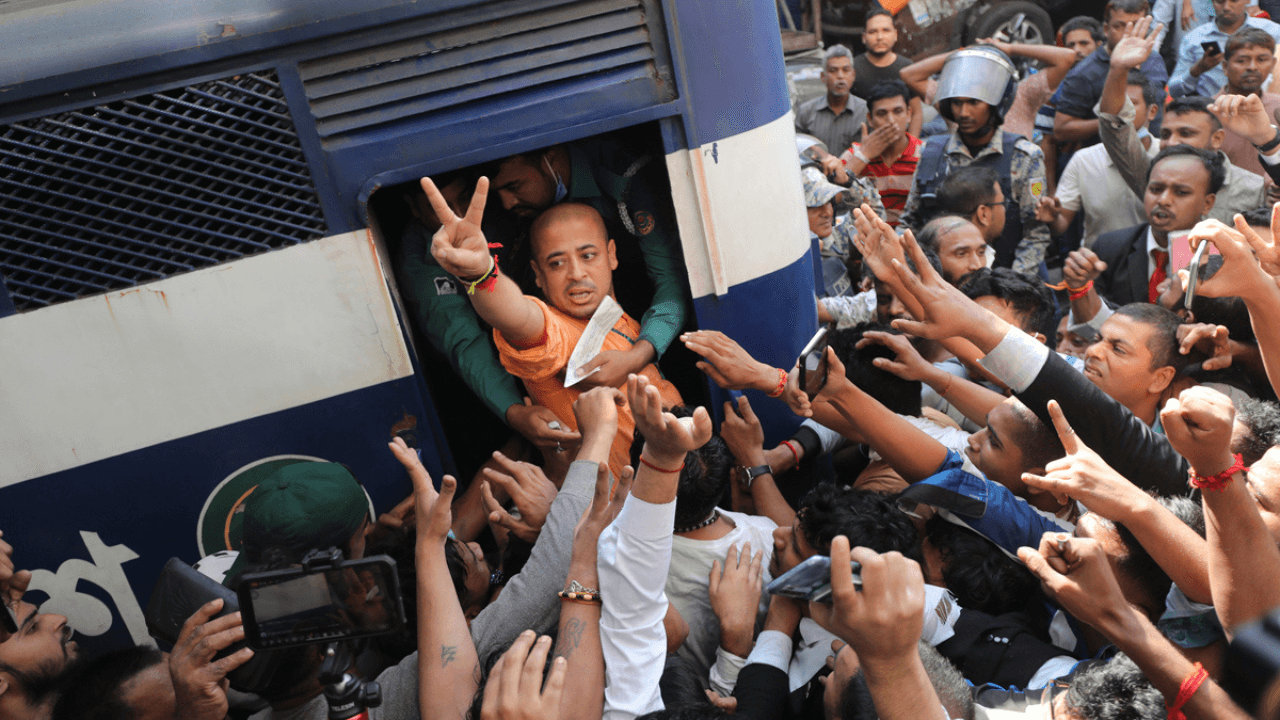23 July, 2024, New Delhi: As the Indian economy continues to grow, one sector that has been crying out for attention is agriculture. For decades, Indian farmers have struggled with low yields, poor infrastructure, and limited access to markets. Additionally, minimum support price. But with the presentation of Budget 2024, Finance Minister Nirmala Sitaraman has sent a clear signal that it is committed to transforming the sector and making it a driver of growth and prosperity.
A Focus on Pulses And Edible Oil
One of the key areas of focus in Budget 2024 is pulses and edible oil production. India is one of the largest consumers of pulses and edible oil in the world, but it still relies heavily on imports to meet its needs as per economic survey 2023-24. The government has announced a mission to strengthen the production, storage, and marketing of pulses and oilseeds, including mustard, sesame, soybean, and sunflower.
This is a critical move, as pulses and edible oil are essential components of the Indian diet. By increasing domestic production, the government hopes to reduce reliance on imports, improve food security, and boost farmer incomes.
Natural farming: the way forward
Another key initiative in Budget 2024 is the push for natural farming. The government has announced plans to initiate 1 crore farmers into natural farming practices over the next two years. This will not only improve soil health but also reduce the use of chemical fertilizers and pesticides, making farming more sustainable and environmentally friendly.
Natural farming is a critical component of the government’s vision for agriculture, as it will help to reduce the environmental impact of farming, improve soil health, and increase crop yields. By promoting natural farming, the government hopes to create a more sustainable and resilient agricultural sector.
Digital public infrastructure: the game-changer?
The government has also announced plans to implement Digital Public Infrastructure (DPI) in agriculture, which will cover farmers and their lands in three years. This will enable farmers to access critical information on weather, soil health, and market prices, helping them make informed decisions about their crops.
DPI is a game-changer for Indian agriculture, as it will provide farmers with the tools and information they need to improve their yields and increase their incomes. By leveraging technology, the government hopes to create a more efficient and productive agricultural sector.
Shrimp production and export: a new opportunity
In addition to pulses and edible oil, the budget has also given a boost to shrimp production and export. The government will provide financial support for setting up a network of Nucleus Breeding Centres for Shrimp Broodstocks, and financing for shrimp farming, processing, and export will be facilitated through NABARD.
This is a significant move, as shrimp is a high-value crop that has the potential to generate significant revenues for Indian farmers. By promoting shrimp production and export, the government hopes to create a new opportunity for farmers and contribute to the country’s economic growth.
Can Budget 2024’s Agriculture Initiatives Curb Food Inflation and Boost GDP Growth?
Food Inflation: A Persistent Problem
Food inflation has been a persistent problem in India, with prices of essential commodities like pulses, edible oil, and vegetables fluctuating day by day. The government’s initiatives on pulses and edible oil production are a step in the right direction, but it remains to be seen whether they can make a significant dent in food inflation.
Production vs. Demand
One of the key challenges in curbing food inflation is the mismatch between production and demand. India’s population is growing rapidly, and demand for food is increasing exponentially. Unless production keeps pace with demand, prices will continue to rise. The government’s initiatives on pulses and edible oil production are a step in the right direction, but they need to be scaled up significantly to make a meaningful impact.
Supply Chain Efficiency
Another critical factor in curbing food inflation is supply chain efficiency. India’s agricultural supply chain is notoriously inefficient, with multiple layers of intermediaries driving up costs and reducing farmer incomes. The government’s digital public infrastructure initiative is a step in the right direction, but it needs to be implemented quickly and efficiently to make a meaningful impact.
GDP Growth: A Critical Component
Agriculture is a critical component of India’s GDP, and any initiatives that boost agricultural growth can have a significant impact on overall GDP growth. The government’s initiatives on natural farming, digital public infrastructure, and shrimp production and export have the potential to increase farmer incomes, reduce costs, and boost productivity.
Conclusion
In conclusion, while the government’s agriculture initiatives in Budget 2024 are a step in the right direction, they need to be implemented efficiently and effectively to curb food inflation and boost GDP growth. The government needs to ensure that the benefits of these initiatives reach the farmers, and that they are not hijacked by middlemen and intermediaries. Only then can we expect to see a meaningful impact on food inflation and GDP growth.


